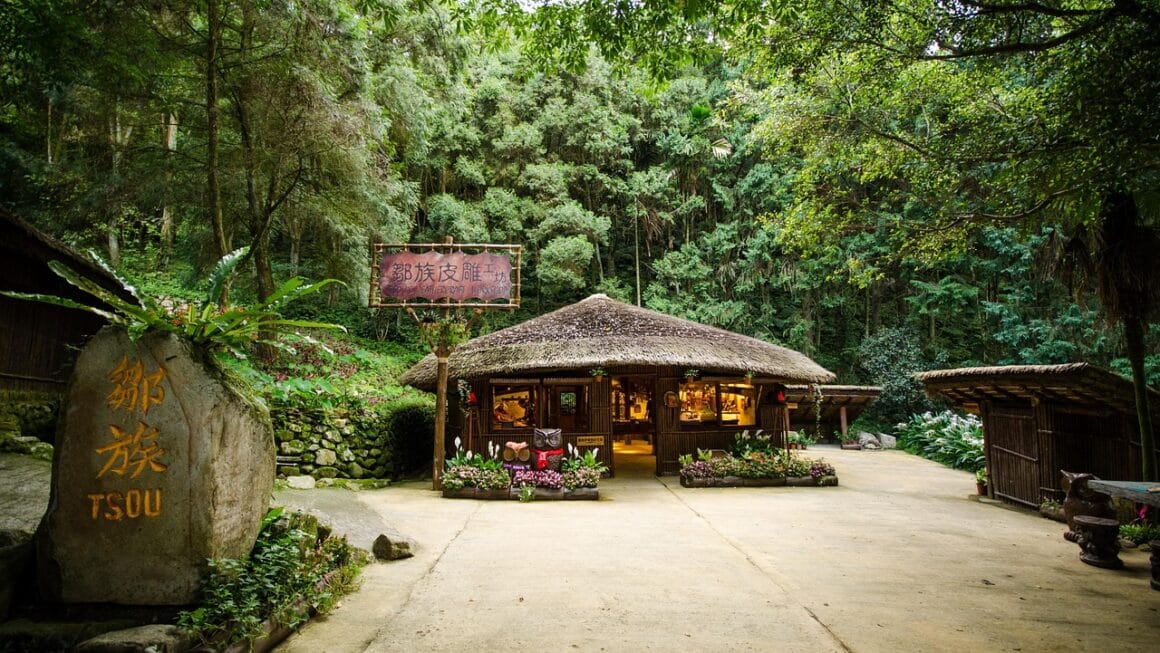Local stories are more than just neighborhood anecdotes; they’re the threads that weave the vibrant tapestry of a community. They connect us to our history, inform us about our present, and shape our future. Whether it’s the tale of a local business overcoming adversity, a community initiative making a difference, or a historical landmark holding centuries of secrets, these narratives are invaluable to building a sense of belonging and fostering civic engagement. This blog post will delve into the importance, types, sources, and preservation of local stories, providing a comprehensive guide to understanding and engaging with the narratives that shape our communities.
Why Local Stories Matter
Building Community Connection
Local stories forge a stronger sense of community by:
- Highlighting shared experiences and values. They remind us we’re not alone and that we’re part of something bigger.
- Creating a sense of belonging. Hearing about our neighbors, their triumphs and struggles, helps us feel connected.
- Encouraging empathy and understanding. By learning about different perspectives, we become more tolerant and compassionate.
For example, a story about a local food bank addressing food insecurity can inspire others to donate or volunteer, strengthening the community’s safety net.
Preserving Local History
Local stories serve as invaluable historical records, documenting events and traditions that might otherwise be lost:
- They offer firsthand accounts and perspectives that official histories often overlook.
- They capture the unique character and flavor of a place, preserving its identity.
- They provide context for understanding current issues and challenges.
Think of the stories passed down through generations about the founding of a town, the opening of a beloved local business, or the impact of a significant historical event on the community. These narratives are living history lessons.
Promoting Civic Engagement
Sharing local stories can inspire residents to become more involved in their communities:
- They raise awareness about important local issues.
- They highlight the positive impact of community initiatives.
- They encourage residents to take action and make a difference.
A story about a community garden revitalizing a neglected space might inspire others to start their own gardens or participate in similar projects, contributing to the overall well-being of the neighborhood.
Types of Local Stories
Business Success Stories
These narratives celebrate the resilience, innovation, and community contributions of local businesses:
- Stories of overcoming challenges, such as surviving economic downturns or adapting to changing market conditions.
- Profiles of entrepreneurs who are passionate about their craft and dedicated to serving their community.
- Features on businesses that prioritize sustainability, ethical practices, or charitable giving.
Example: A local bakery that donates unsold goods to a homeless shelter or a family-owned hardware store that provides personalized customer service and supports local sports teams.
Community Initiative Highlights
These stories showcase the positive impact of community-led projects and organizations:
- Features on grassroots initiatives that address local needs, such as food banks, community gardens, or neighborhood watch programs.
- Profiles of volunteers and community leaders who are making a difference.
- Reports on the outcomes and impact of community projects.
Example: A neighborhood association that organizes clean-up events, a group of residents who successfully campaigned for a new park, or a local arts organization that provides free workshops to children.
Historical Landmark Narratives
These stories delve into the history and significance of local landmarks:
- Tales of the people and events associated with a particular building or site.
- Information about the architectural style and historical context of a landmark.
- Efforts to preserve and protect historical landmarks for future generations.
Example: The history of a local courthouse, the story behind a monument commemorating a historical event, or the preservation efforts of a historical society to restore a Victorian-era building.
Finding Local Stories
Local Newspapers and Websites
Local newspapers and websites are often the primary source for local stories:
- Read local news articles, features, and opinion pieces.
- Explore community event calendars and announcements.
- Follow local reporters and journalists on social media.
Look beyond the headlines and delve into the features and profiles that highlight local individuals and organizations.
Community Organizations and Events
Community organizations and events provide fertile ground for discovering local stories:
- Attend local events, such as festivals, farmers markets, and town hall meetings.
- Volunteer for local organizations and get to know the people involved.
- Visit local libraries and historical societies to access archives and resources.
Speaking with long-time residents at these events often reveals hidden gems and forgotten tales.
Social Media and Online Forums
Social media and online forums can be valuable tools for uncovering local stories:
- Join local Facebook groups and online forums.
- Follow local influencers and community leaders on social media.
- Use hashtags to search for local content.
Be sure to verify the accuracy of information found online before sharing it.
Preserving and Sharing Local Stories
Oral History Projects
Conducting oral history interviews is a powerful way to preserve local stories:
- Identify and interview long-time residents, community leaders, and local experts.
- Record the interviews using audio or video equipment.
- Transcribe and archive the interviews for future generations.
Organizations like the Oral History Association offer resources and guidance on conducting ethical and effective oral history projects.
Digital Storytelling
Creating digital stories is an engaging way to share local narratives:
- Combine audio, video, images, and text to create compelling multimedia presentations.
- Share digital stories on websites, social media, and at community events.
- Use digital storytelling to raise awareness about local issues and inspire action.
Many free and affordable software options are available for creating digital stories, making it accessible to individuals and organizations.
Community Archives
Establishing community archives ensures that local stories are preserved and accessible:
- Collect and preserve historical documents, photographs, and artifacts.
- Create an online database or catalog of the archives.
- Make the archives accessible to researchers, students, and the general public.
Partnering with local libraries and historical societies can help establish and maintain community archives.
Conclusion
Local stories are the heart and soul of a community, connecting us to our past, informing our present, and shaping our future. By actively seeking out, preserving, and sharing these narratives, we can foster a stronger sense of belonging, promote civic engagement, and ensure that the unique character of our communities is cherished for generations to come. Whether through oral history projects, digital storytelling, or community archives, there are countless ways to engage with and celebrate the stories that make our communities special. Take the time to listen, learn, and share – you might be surprised at the rich tapestry of tales waiting to be discovered.




